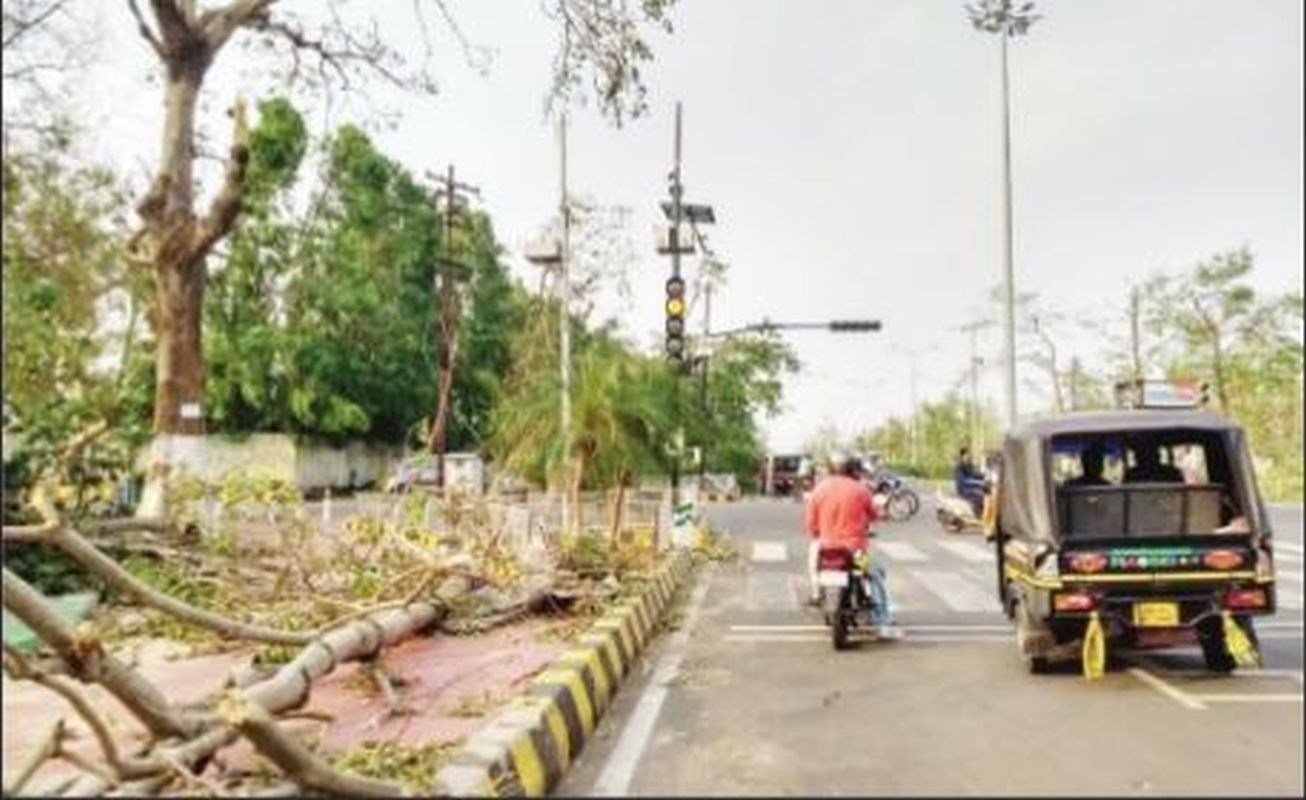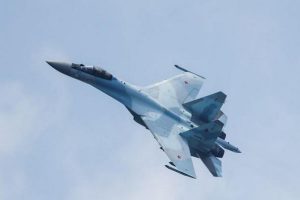While the city’s greenery, beauty and charm has been severely affected by the ‘very severe’ cyclonic storm Fani on May 3 , the traffic signal posts under the ‘Adaptive Traffic Signalling System’ are standing tall, thanks to the adoption of engineering design and technology behind the structures, commissioned by the Bhubaneswar Smart City Limited (BSCL) to withstand wind of more than 200 KMPH. BSCL aimed at developing resilient systems for the city to withstand difficult situations of natural calamities as the city has already seen Super Cyclone in 1999, Phailin in 2013, Hudhud in 2014 and Titli in 2018 in the recent past.
However, the Adaptive Traffic Signalling System or Smart Traffic system, as it is popularly known, were designed in similar fashion after getting the records of 30 years of wind speed from the Indian Meteorological Department.
Advertisement
As per the study the poles were designed in such a manner that traffic signal poles and their foundations shall be able to withstand a 3- second gust of 145 to 200 KMPH wind speed.
Also, the thickness of the poles was kept at 5 mm with a special jointing system for cantilever arrangement. The jointing portion included 16 mm base plate and 8 mm side plate with similar thickness rings around the vertical member.
This way a box-like structure was created around 5- inch diameter pole using top, bottom, side and base plates. Also, a similar portion of the joint was provisioned through the box arrangement to ensure safe passage and upkeep of cables for equipment connections.
Special care was also taken to design the pole foundation with at least 1.5-metre depth and 400 mm X 400 mm cross-section. To add the strength 24 mm diameter J bolts of 750 mm depth in the foundation was also used to provide strong anchorage and stability to the poles.
Fani cyclone wind speed ranging 230-240 KMPH tested the strength and durability of the traffic poles and its equipment. The traffic system proved resilient by standing tall to its design strength and showcased the stability of the system.
Nrupakishore Patnaik, a senior citizen from Pokhariput said “While moving around the city after the cyclone, I was very much upset seeing the devastation around as most of the trees were uprooted and several ravaged severely. However, the traffic posts are standing there and showing signals even through their neighbouring street light posts are severely damaged by the fury of the cyclonic winds.”











